-1.png)
EtonHouse Singapore
Children grow, learn and develop critical life skills when they engage in creative expression. It gives them another ‘language’ with which they can convey their thoughts, feelings and ideas. They learn to think critically about their world and practice visual communication. Sometimes, they may lack the vocabulary to tell you what they are thinking accurately, but those things can be communicated in a drawing, tableau or song.
As they learn colours, shapes, and sounds during creative play, they begin to understand emotions, cope with their feelings and build cultural understanding. At the same time, they develop coordination and balance.
Creative expression doesn't have to be elaborate or costly, here are some ways to do it at home.
Exploring paint on a mirror
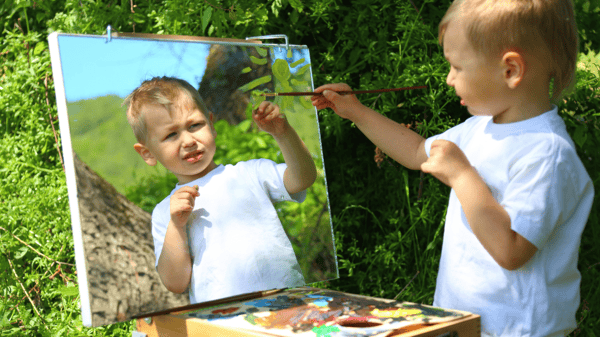 Materials required:
Materials required:
- Mirrors of different sizes
- Paint (acrylic, poster paint)
- Brushes/sponges
Set up a simple invitation to play using various-sized mirrors, paint, brushes and sponges. Work on language development by discussing what they see in the mirror. Focus on the sensory experience of applying paint to the cool, smooth surface of the mirrors. Have a discussion on face and body parts, paint strokes and paint colours.
Painting with nature
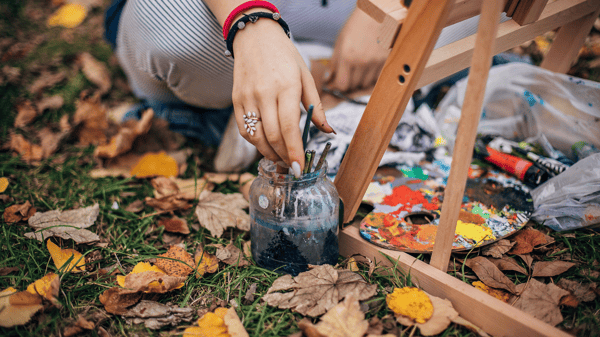
Materials required:
- Leaves
- Twigs
- Pebbles
- Pine cones
- Flower petals
Set up a simple invitation to play using the mentioned materials or have children to display their nature treasures on the table. Explore patterns, textures, colours, brush strokes in this activity.
Paint as you dance

Materials required:
- Paint of different form and colours
- Newspapers
- Plates
- Music
Lay papers on the floor (if doing indoors) and leave paint bottles around to invite children to explore. Pour paint into a plate for children to step in. Play music and invite children to dance to it!
Exploring mark making with paint and droppers
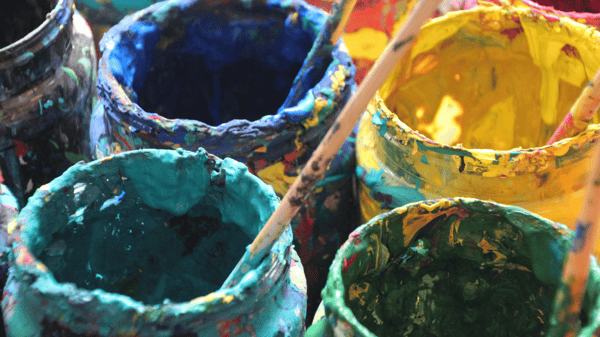 Materials required:
Materials required:
- Paint of different colours
- Paint pot/small jars
- Droppers
- Coffee filters
Set up an invitation to play using the mentioned materials. Allow children to experiment with the droppers. Discuss colour mixing, patterns and forms. You may even want to create a story about the dropper that went for a walk!
Sensory painting
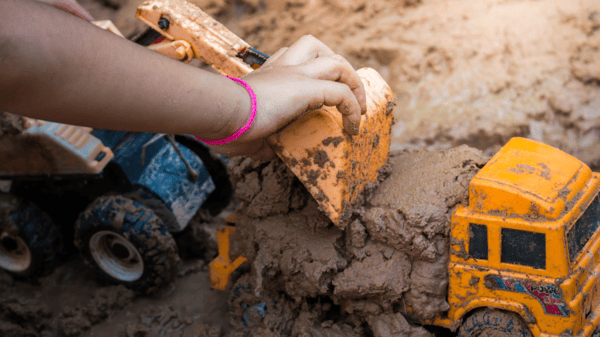 Materials required:
Materials required:
- Mud
- Coffee powder
- Water
- Cardboard/tub
Lay cardboards or tub on the floor with the mentioned materials. Allow children to explore the materials as they mix and spread the mud. Add water to the mud and discuss any changes to the texture such as its thickness. To boost their imagination, add animal toys to the mix!
Exploring with brown clay
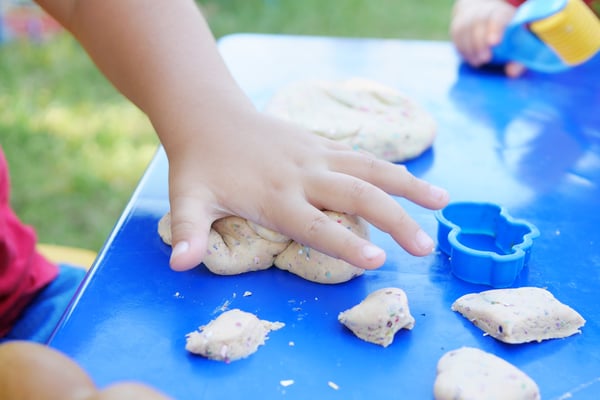 Materials required:
Materials required:
- Brown clay
- Ice-cream sticks
- Tongue depressor
- Twigs
- Pebbles
- Pine cones
- Glass of water
Set up a simple invitation to play and explore the mentioned materials. To prevent the brown clay from drying, add a little water to the clay. Allow children to explore, using the brown clay to create texture, shape and form. Keep clay in an airtight container and cover the clay with a damp towel or cloth to prevent it from drying.
Tip:
Have a designated area for messy play. Store material and tools in transparent containers so you can see from a distance where the items are. Get dirty but always have a cloth and a bucket of water nearby to wipe up spills.

